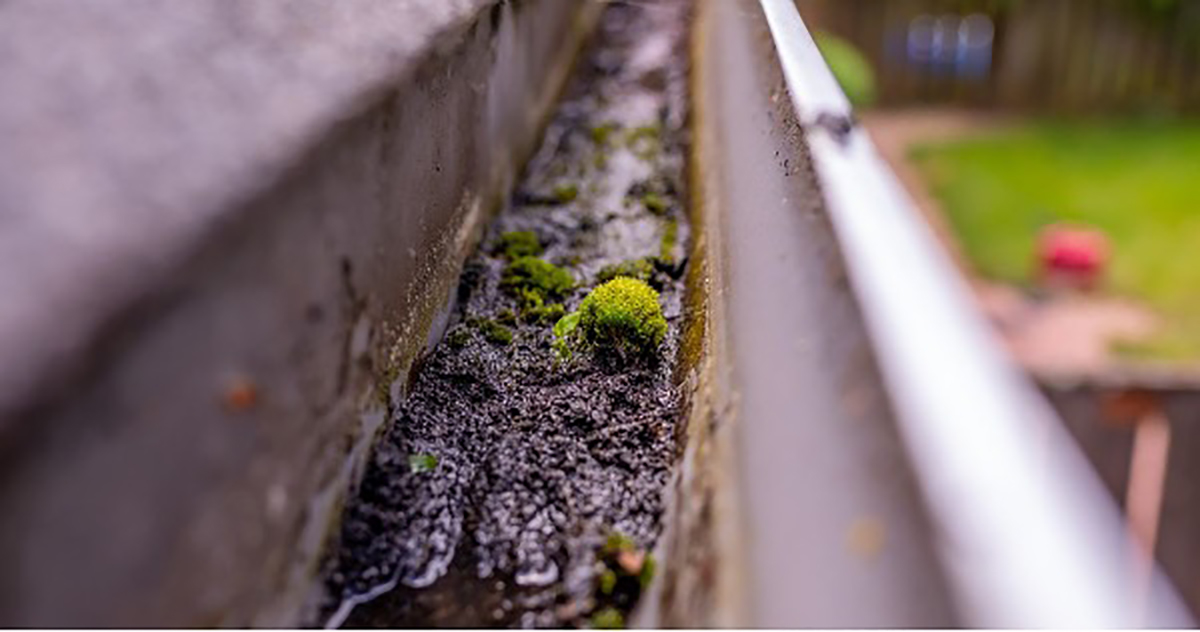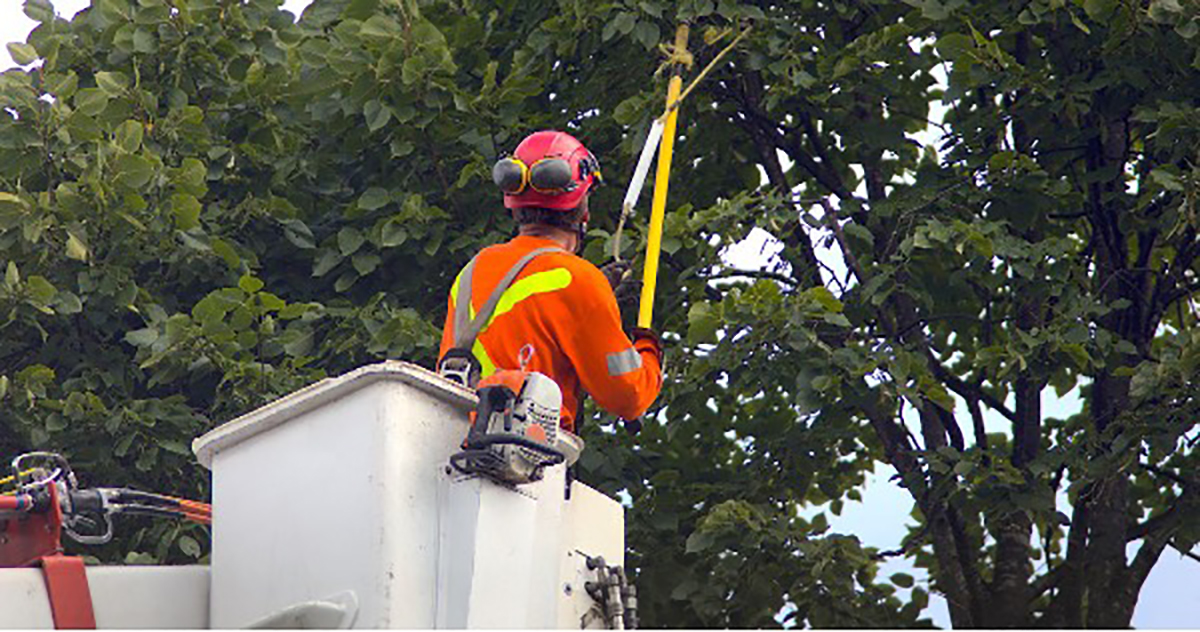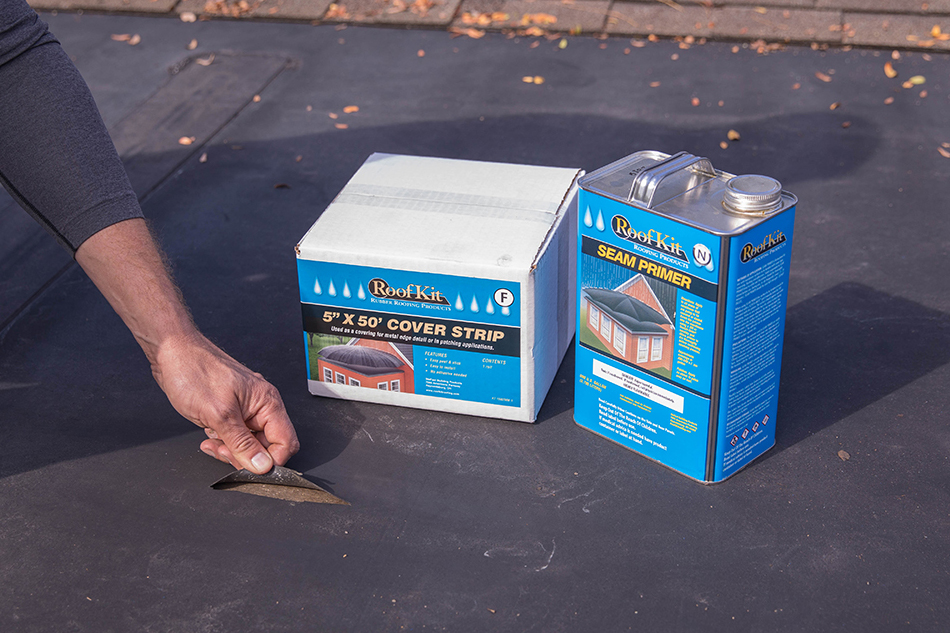Flat roofs look nice on your home, but maintenance can be quite different from other roofs. Here are the most overlooked maintenance tasks for flat roofs.
As a homeowner or property manager, your flat roof may not always be top of mind until something goes wrong. However, regular maintenance is essential for minimizing repairs and keeping your roof around for longer.
A proactive approach can help you catch small problems before they escalate, saving you time, money, and stress. Stay on top of these most overlooked maintenance tasks for flat roofs, and keep your flat roof in top condition.
What Is a Flat Roof?
Before diving into maintenance tasks, let’s first clarify what we mean by “flat roof.” While the term might suggest a completely horizontal surface, flat roofs actually have a slight slope, typically 1/4 inch per foot, to facilitate proper drainage and prevent water from pooling. These roofs are common on commercial and residential buildings and can use materials like PVC (polyvinyl chloride), TPO (thermoplastic polyolefin), EPDM (ethylene propylene diene terpolymer), or modified bitumen.
Flat roofs are popular due to their space efficiency, ease of installation, and modern aesthetic. Many homeowners and businesses also use flat roofs to house HVAC systems, solar panels, or even rooftop gardens. But with these benefits come unique challenges, especially in terms of maintenance.
Remove Debris
Flat roofs are prone to collecting leaves, branches, dirt, and other debris, especially after windy or stormy weather. Over time, this buildup can clog drains, damage the roofing material, and impede proper drainage, leading to water pooling and leaks.
To prevent these issues, make it a habit to regularly remove debris from the roof’s surface. Using a soft broom or a blower can clear the roof effectively without damaging its materials.
Check for Ponding Water
Flat roofs drain water effectively, but poor installation, sagging areas, or clogged drains can result in ponding water—standing water that doesn’t drain within 48 hours. Ponding water can weigh down the roof, leading to leaks, mold growth, and structural damage over time. After heavy rainfall, inspect your roof for areas where water has collected, and address drainage issues promptly by unclogging drains or repairing sagging sections.
Inspect Seams and Flashings
Seams and flashings are some of the most vulnerable areas on flat roofs, as they connect different parts of the roofing system. These areas are prone to cracking, separation, and general wear, especially under extreme weather conditions like heavy rain, intense heat, or freezing temperatures. Regularly inspect seams and flashings for signs of damage, such as gaps or cracks, and repair them immediately to prevent leaks and water infiltration.

Clean Gutters and Downspouts
Gutters and downspouts play a crucial role in directing water away from your roof and building. If they become clogged with leaves, twigs, or other debris, water can back up onto the roof, leading to ponding, leaks, and even damage to the building’s interior. Gutter guards are a great way to minimize debris buildup, making proper water flow easy.
Check for Damage After Severe Weather
Severe weather such as heavy rain, hail, snow, or extreme heat can take a toll on flat roofs. High winds can dislodge roofing materials, while hail can cause cracks or dents. After any major weather event, inspect your roof for signs of damage, such as tears, punctures, or cracks in the roofing material. Thankfully, addressing these issues immediately can prevent them from worsening and leading to costly repairs.
Keep an Eye on Rooftop Equipment
Flat roofs often host equipment like HVAC units, solar panels, and satellite dishes. While these are essential, they can cause issues if not properly maintained. Vibrations or small movements can wear down the roofing material underneath them, and poor sealing on the bases can lead to leaks. Regularly inspect the areas around rooftop equipment to ensure everything is securely installed and there are no signs of damage or water penetration.
Inspect Skylights
Skylights are a fantastic addition to flat roofs, offering natural light and an open atmosphere to interior spaces. However, they can also be a source of leaks if they aren’t installed or maintained properly. Check the seals, flashing, and surrounding roofing material for cracks, gaps, or other vulnerabilities. Promptly address signs of wear to keep your skylight watertight and functioning as intended.
Check for Signs of Aging
Flat roofs generally have a shorter lifespan than pitched roofs, often requiring replacement sooner. To extend their life, regularly monitor for signs of aging, such as cracks, shrinkage, blistering, tears, or fading in the roofing material. These issues may seem minor at first but can quickly escalate into larger problems if left alone for too long. Early intervention can save you from more extensive and expensive repairs down the line.
Keep Drains Clear
Drains are essential for moving water off flat roofs, but they are easily clogged by leaves, dirt, and other debris. Blocked drains can cause water to pool on the roof, increasing the risk of leaks, structural damage, and mold growth. Regularly check and clean your roof drains to ensure water flows off the roof properly, especially after storms or during the fall when leaves are more likely to build up.

Trim Nearby Trees
Overhanging trees can be a hidden risk for flat roofs. Their branches can drop leaves, twigs, and other debris that clog drains and damage roofing materials. In high winds or storms, branches can scrape or even puncture the roof’s surface, causing serious damage. Regularly trim back trees near your roof to reduce the risk of damage and make maintenance easier.
Conduct Regular Inspections
Conducting routine inspections is the best way to catch potential roofing problems early. Schedule inspections at least twice a year, once in the spring and once in the fall, and after any major weather event. Look for common issues like cracks, debris buildup, pooling water, and damage to seams and flashings. Keeping an eye on your roof can save you from costly repairs down the line.
Instead of waiting until a major problem arises, take care of maintenance for your flat roof, and avoid forgetting about these easy-to-overlook tasks. With the right maintenance, you can extend your roof’s lifespan, prevent costly repairs, and maintain the overall integrity of your property. If, on top of maintenance, you need to take care of roof repairs, let RoofKit Roofing help with our flat roof repair products. Proper repairs and maintenance of your flat roof can be easy with us on your side!
Order RoofKit Roofing Products here.

